Best Investments for Inflation Protection: Beginner’s Guide
Prices keep climbing. Groceries, gas, and housing all cost more than they did a few years ago. That’s inflation at work.
When inflation rises, your money loses some of its purchasing power. If you’re saving in cash, that means the dollars you’ve set aside won’t stretch as far in the future.
So, how do you protect your money from inflation? The answer is to invest in assets that are designed to keep up with rising prices. Here’s a simple guide to the best inflation-protected investments for beginners.
What Inflation Means for Your Money
Inflation is the steady increase in prices over time. Even at a modest rate, it adds up.
- At 3% inflation, something that costs $100 today will cost about $134 in 10 years.
- If your savings stay flat, you’ll be able to buy less with the same amount of money.
That’s why it’s important to look for investments that either match or outpace inflation.
Best Investments for Inflation Protection
1. Treasury Inflation-Protected Securities (TIPS)
TIPS are government bonds that adjust with inflation. The value of the bond increases as inflation rises, and you earn interest on that adjusted amount.
- Backed by the U.S. government, so they’re considered safe.
- Interest is paid twice a year.
- Easy to buy through TreasuryDirect or through most brokerages.
For beginners, TIPS can be a straightforward way to protect against inflation without taking on too much risk.
2. I Bonds
Like TIPS, I Bonds are savings bonds tied to inflation. They pay a fixed interest rate plus an inflation-adjusted rate that resets every six months.
- Good for long-term savings.
- You can buy them directly from TreasuryDirect.
- Annual purchase limits apply ($10,000 per person per year).
I Bonds are especially attractive for conservative savers who want a low-risk way to hedge against inflation.
3. Commodities and Precious Metals
Gold, silver, oil, and agricultural products often rise in price when inflation is high. Many investors turn to these as a hedge.
- You can buy physical gold and silver, or invest in commodity ETFs.
- These assets provide diversification but can be volatile in the short term.
Precious metals, in particular, have been seen as “inflation fighters” for decades. They don’t always rise in perfect step with inflation, but they can help strengthen a portfolio.
4. Real Estate and REITs (Real Estate Investment Trusts)
Property values and rental income often increase with inflation. That makes real estate a natural inflation hedge.
- Buying property directly requires more money and management.
- REITs (Real Estate Investment Trusts) let you invest in real estate through the stock market, with much lower entry costs.
If you’re just getting started, REITs can be a simple way to add real estate exposure without becoming a landlord.
5. Stocks and Equities
Stocks may seem risky during inflation, but many companies pass rising costs on to consumers. Over the long term, equities have historically outpaced inflation.
Sectors like consumer staples, healthcare, and utilities tend to be more stable.- Growth stocks can deliver higher returns but with more volatility.
- A low-cost index fund or ETF is a beginner-friendly way to invest in stocks.
Think of stocks as your long-term engine for growth, even when inflation is high.
6. Other Options to Consider
While the five categories above are the most common, there are other things that can help:
- Floating-rate bonds – interest payments adjust with inflation.
- Energy sector investments – often rise alongside fuel prices.
- Diversified mutual funds or ETFs – give you a mix of assets in one place.
These may not be the first step for beginners, but they’re worth knowing as your investing strategy grows.
How to Get Started as a Beginner
Protecting your money from inflation doesn’t mean betting everything on one type of investment. A few beginner-friendly tips:
- Diversify: Spread your money across different asset types.
- Start small: Begin with ETFs, index funds, or REITs if you’re new.
- Match to your goals: Pick investments based on your time horizon and risk comfort.
- Keep some cash handy: Always hold enough for short-term needs, but avoid leaving too much sitting idle.
The key is finding the right mix. You want your investments to grow over time, while still giving you confidence through uncertain periods.
Final Thoughts
Inflation is part of the financial landscape. You can’t control it, but you can prepare for it. By choosing investments that adjust with rising prices—like TIPS, I Bonds, commodities, real estate, and stocks—you can help protect your purchasing power and create a stronger financial future.
At Rise North Capital, we work with people at every stage of their financial journey. Whether you’re just starting out or looking to refine your portfolio, we can help you create a plan that fits your life.
Ready to start creating an inflation-protected portfolio? Reach out to us today and let’s take the first step together.





